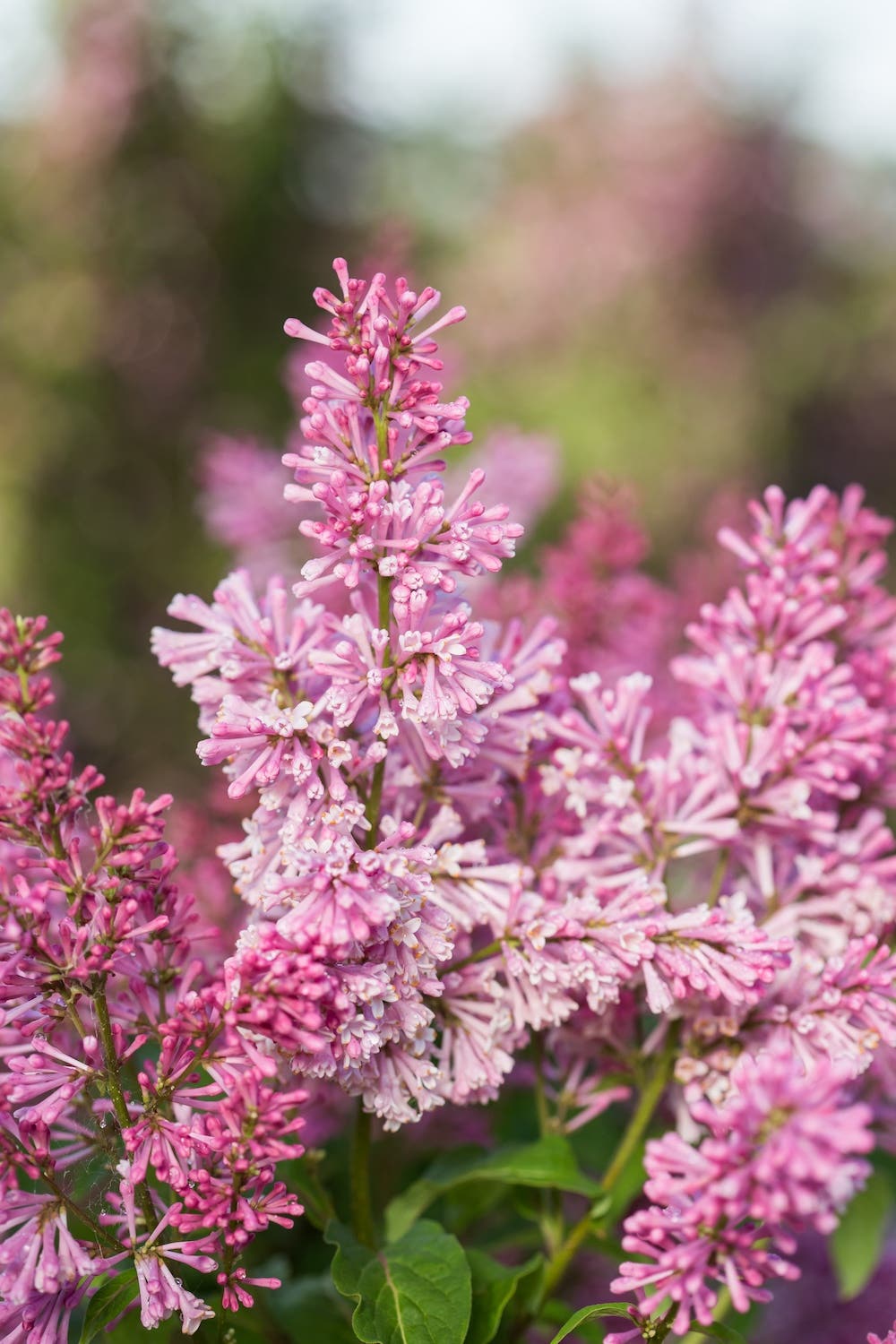Red Pine Is a Hardier Alternative to White Pine
Virtues: We love red pine (Pinus resinosa) for its extreme cold hardiness and its tolerance of poor garden sites, an advantage over white pine. This native evergreen develops reddish bark…
Virtues: We love red pine (Pinus resinosa) for its extreme cold hardiness and its tolerance of poor garden sites, an advantage over white pine. This native evergreen develops reddish bark with age. Red pine is the state tree of Minnesota and it supports songbirds and small mammals as a source of food and shelter.
Common name: Red pine, Norway pine
Botanical name:Pinus resinosa
Foliage: Thin dark green needles grow 2 to 5 inches long.
Habit: Evergreen tree growing 50 to 75 feet tall with a broad, round crown.
Season: Year-round, for foliage and its reddish bark. Its small pine cones attract songbirds and small mammals to eat their tiny seeds and its evergreen branches offer them shelter in winter.
Origin: Eastern Canada and the Northeast, Mid-Atlantic and Great Lakes regions of the United States.
How to grow red pine: Grow in full sun, in dry or moderately moist soil with an acidic pH. Tolerates sandy and gravelly soils. Red pine does best in areas with cool summers and frigid winters. USDA Zones 2–7.
Image: "Pinus resinosa Itasca" by Joseph O'Brien, USDA Forest Service - This image is Image Number 1301047 at Forestry Images, a source for forest health, natural resources and silviculture images operated by The Bugwood Network at the University of Georgia and the USDA Forest Service.. Licensed under CC BY 3.0 us via Wikimedia Commons.
_______________________________________
View the beauty of trees in a whole new way with the photo book Trees Up Close, which exposes the details of bark, leaves, seeds, nuts and flowers in 200 portraits.
Design a serene garden in sun or shade with Heaven is a Garden.
Attract more birds and other wildlife to your garden with The Living Landscape.







